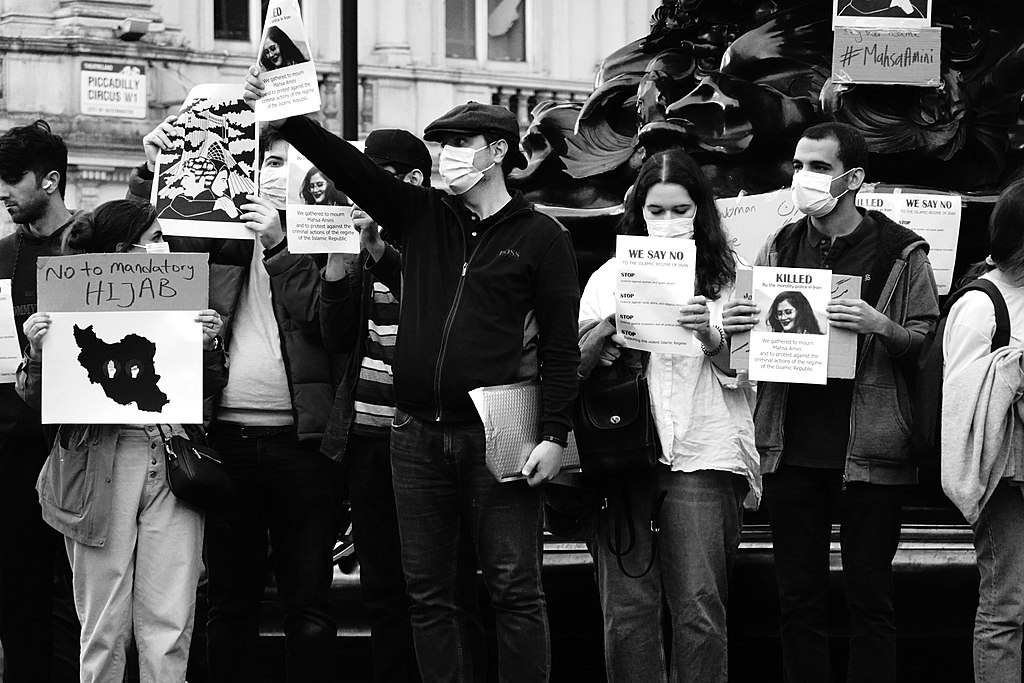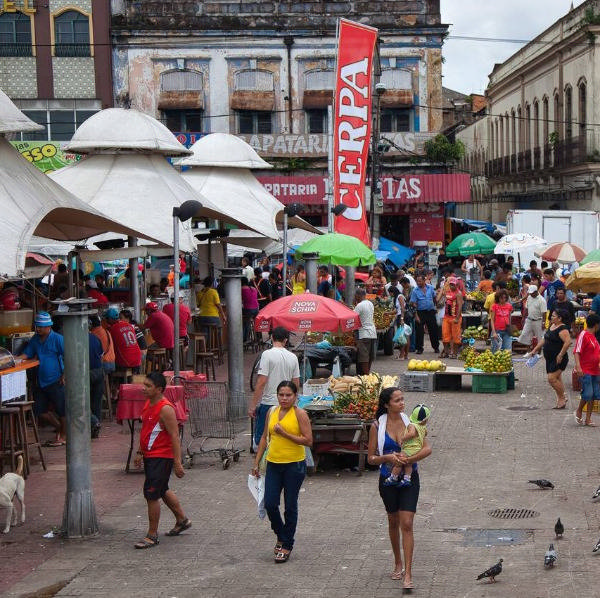
Protests across Iran, sparked by the death in police custody of 22-year-old Mahsa Amini, have put a long overdue spotlight on the repressive Islamic Republic and the notorious Gasht-e Ershad, or morality police. Arrested for wearing her hijab in an “improper manner” on 13 September in Tehran, Amini’s death three days later in police custody, under suspicious circumstances, has drawn global condemnation for what looks to many like the murder of a young woman on the grounds of her clothing.
“Women, life, freedom” is the slogan of the wave of protests taking place across the country. The brutal crackdown has led to at least 234 deaths, according to the Oslo-based Iran Human Rights NGO, including 29 children. That was the death toll published on 25 October, a day before the gathering at Amini’s grave to mark 40 days since her death – the end of the traditional mourning period in Iran. This saw a spike of arrests and violence again, with shots fired at protesters and tear gas used on the thousands of mourners who gathered in Saqqez in the western Kurdistan province, Amini’s home town.
The forced hijab, long a symbol of repression, has now become a renewed focus of the struggle for the emancipation of women and for the rights and freedom of all people in Iran. For many, “women, life, freedom” is also a call for a democratic, secular nation, shouted alongside “death to the dictator” and “down with theocracy”.
Wearing the veil has been compulsory in Iran since the Islamic revolution and the birth of the Republic in 1979, when the nation was placed under the rule of a theocratic elite. The morality police force was officially set up in the early 1990s, and while it has the authority to discipline all citizens, it is women who in reality bear the brunt of oppression from the force, which has access to arms and what they call “re-education centres”. Amini’s brother was told that his sister would be brought to an “educational and orientation class”, before he discovered she had in fact been taken to hospital in a coma, where she later died.
Will the protests bring about real change? The Iranian state certainly seems fearful of this prospect, unleashing the full brutality of its police and intelligence services in order to crush the spirit of the protestors: firing live ammunition, issuing fatal beatings and using torture, according to Amnesty International.
Global support is crucial. Protests in Berlin, London, the US and elsewhere have built pressure and no doubt boosted morale, with women taking to the streets and cutting off their hair in solidarity with protestors in Iran who are cutting or shaving their hair, and burning their hijabs.
Yet so far, international measures have been limited. In October, the UK put sanctions on the morality police, banning them from coming to the UK and freezing any assets held here. The EU and US have also imposed sanctions on the morality police and some senior security figures. This might discourage some people from joining the Gasht-e Ershad, but it is unlikely to have a significant change on the behaviour of the Iranian regime as a whole. There is little sign thus far that western countries will cut diplomatic ties with Iran. The US is particularly loath to do so, fearing it would threaten ongoing nuclear talks.
We have a clear responsibility to support the protestors against a state that enjoys impunity while it systematically violates the human rights of its citizens, and subjugates half of its population. As Humanists UK vice-president Shaparak Khorsandi said: “The Iranian regime kills women for trying to live freely. This is not just Iran’s problem, it is the world’s problem.”
Controlling how women dress is a hallmark of despotic regimes around the world. As Iranian judicial officials announce their intention to put up to 2,000 protestors on trial, we must see this fight for what it is: a struggle for freedom that affects us all.
This piece is from the Witness section of New Humanist winter 2022. Subscribe here.

